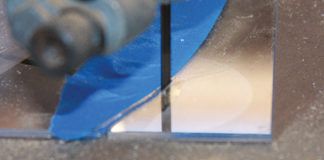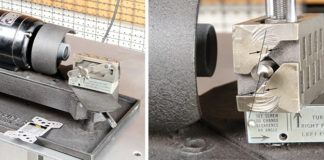The third CAFE Electric Aircraft Symposium was held at the Hiller Aviation Museum in San Carlos, California, on April 24. An estimated 100 attendees heard 15 presentations during the full day. Talks started with climate science and then focused on battery, controller and motor technology, ending with presentations about various aircraft designs, real and imagined. Unfortunately, no electric airplanes were brought to the event.
A high point of the day was the announcement of the Aviation Green Prize–a flight competition for a 100-mpg aircraft. This $1.65 million prize is co-sponsored by the CAFE Foundation and NASA. The goal is to develop an aircraft before July 2011 that can cover 200 statute miles at greater than 100 mph with better than 100 mpg. Details and rules can be found here. The score for each aircraft is a function of miles per hour, number of passengers carried, and MPGe–the equivalent miles per gallon relative to 87-octane regular unleaded auto gasoline. The rules allow any type of aircraft, but members of the audience were all thinking electric or hybrid.
There seemed to be general agreement among the speakers that the key to a successful electric airplane is increased battery energy density. Where lead-acid batteries have a density of about 30 Wh/kg and NiCads have 40 Wh/kg, lithium-ion batteries have 120 to 185 Wh/kg and are increasing 8% to 10% per year. Speakers told of research that will keep this improvement rate at least for the near future. Where current batteries seem sufficient only for motorgliders or light, single-place aircraft making short flights, increased battery energy density encouraged many to dream of more complex aircraft.
The most successful application of electric motors to man-carrying aircraft to date is for motorgliders. Many mentioned the Antares 20E, which seems to have impressive performance, a high price tag and the motor turned inside out. The center portion is hollow for air cooling and is fixed to the aircraft, while the rotor acts as a case, with the propeller blades mounted directly to it: an out-runner configuration. Two speakers working on similar designs are Greg Cole of Windward Performance (formerly the designer of the Lancair Legacy airfoils, flaps and other aerodynamic features) and a team at the University of Stuttgart. Both presented details about their efforts.
Also mentioned in the number of talks was Randall Fishman’s ElectraFlyer-C. This single-place plane can fly for a little over an hour at 70 mph. Apparently, it is currently for sale. All in all, it was an interesting day. Most participants left with ideas in their heads about what it will take to make a practical electric aircraft.
For more information, visit The CAFE Foundation.




